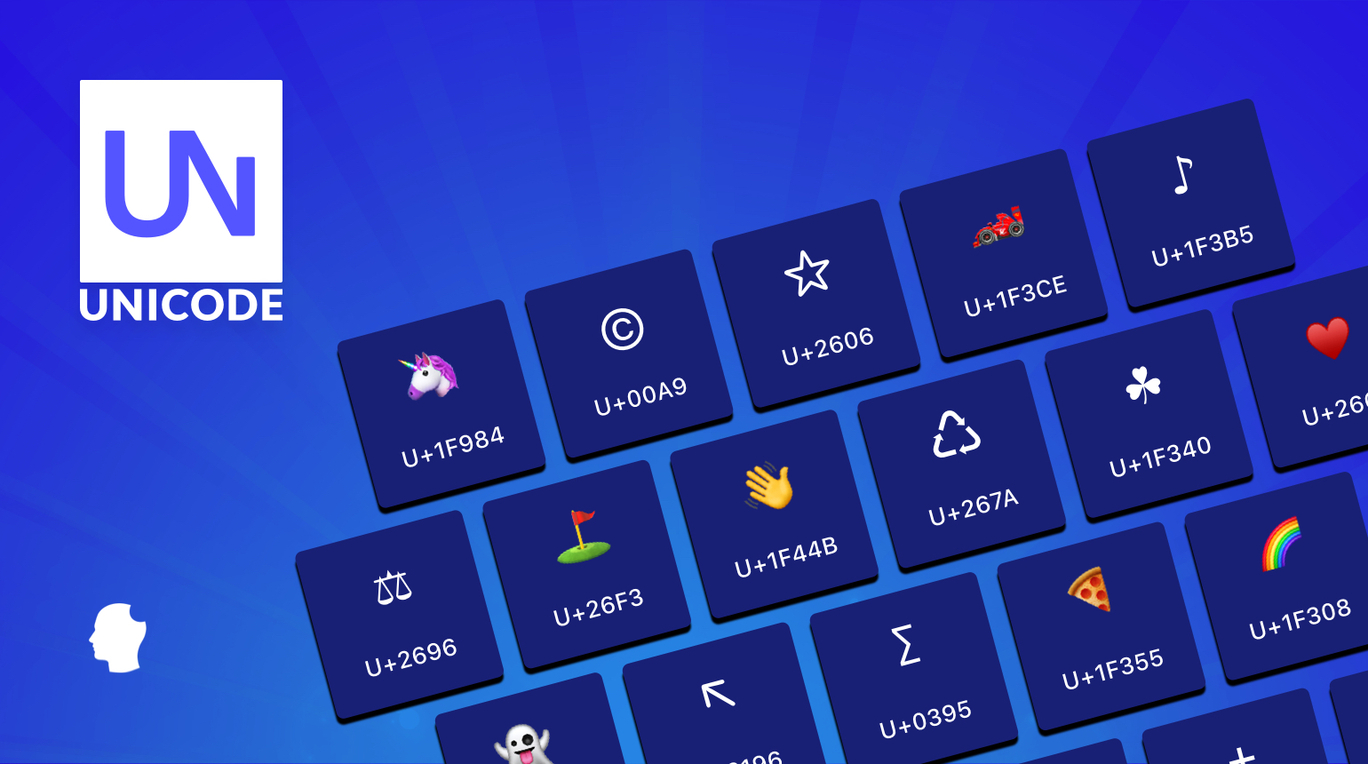The Unicode standard is the foundation of modern communication. It is a crucial component of computer science, and it addresses language barriers by facilitating text storage and transmission.

What is Unicode in Computer Science?
The Universal Character Encoding System, or Unicode, is used in computer science to encode text and doesn’t require manufacturers to create their own encoding schemes. Instead, it allows a single plan to handle various characters from different written languages.
However, there is no need to write about Unicode in the Book of Dead demo, where it represents all the ins and outs of the coding of the game’s coding process as there is used other coding languages do.
What is a Unicode character?
A character in the Unicode standard is a unique symbol that denotes a numerical value. This is a system utilized to digitally represent text.
The Unicode standard includes various symbols and characters from different writing systems ensuring that they’re represented and handled in a consistent manner.
Examples of these include punctuation marks, emojis, and letters from languages such as Japanese and Chinese. In general, any specific element of a written language can be represented by a character in the Unicode standard.
Importance and Need of Unicode
The need for a unified and consistent text encoding system is vital in the digital world. Before the creation of the Unicode standard, there were numerous character encoding schemes that were used, which led to inconsistencies and conflicts.
The importance of the Unicode standard cannot be overstated. It is regarded as the Rosetta Stone of the digital world, which enables systems to accurately communicate and understand different languages.
Here are Unicode Benefits
Universality
The use of the Unicode standard ensures that text displays properly regardless of the platform, application, or language used. It also helps in interoperability and internationalization.
Consistency
The goal of the Unicode standard is to ensure that text displays properly regardless of the language or platform used.
The correct display of Chinese characters is ensured by the use of the Unicode standard. For example, if you write an email using Chinese characters, your partner’s device won’t need Chinese software to recognize and display them.
Efficiency
The efficiency of the Unicode standard in converting text is one of its benefits reducing the complexity of the conversions and making information exchange more efficient.
The widespread adoption of the Unicode standard across various platforms and devices places it at the forefront of ensuring accurate and consistent global communication.
How does unicode encoding work?
The process of encoding Unicode involves assigning every character in every language a unique code point. These points are then converted into binary and can be utilized by a computer to process the data.
The Unicode standard supports various encoding forms commonly used to express character code points. For instance, the first 128 character points of UTF-8 have one byte.
Unlike compression, which is a process that involves extracting data, Unicode encoding doesn’t affect the quality of the text. It ensures that the data is represented and manipulated in a consistent manner across different languages and platforms.
Also Read: Why Chanakya Remains Relevant: The Continued Need for Unicode to Chanakya Converters
Popular Methods for Unicode Compression
Various algorithms and methods have been developed for the compression of text using the Unicode standard. Although general text compression is commonly used, other methods are also developed specifically for the Unicode standard. One of the most common methods is the Huffman coding algorithm, which is a variable-length algorithm that can be used for different characters.
English characters, such as “e” and “a,” are frequently used, which means that they can be encoded in shorter codes. On the other hand, less frequently used characters, such as “z” and “q,” have more extended codes.
Another method is the Burrows-Wheeler Transform. This data compression algorithm organizes sequences into identical runs making it easier for other algorithms to achieve the same compression rate.
BWT rearranges the original text if it’s labeled “abracadabra.” It then groups similar characters to provide additional compression.